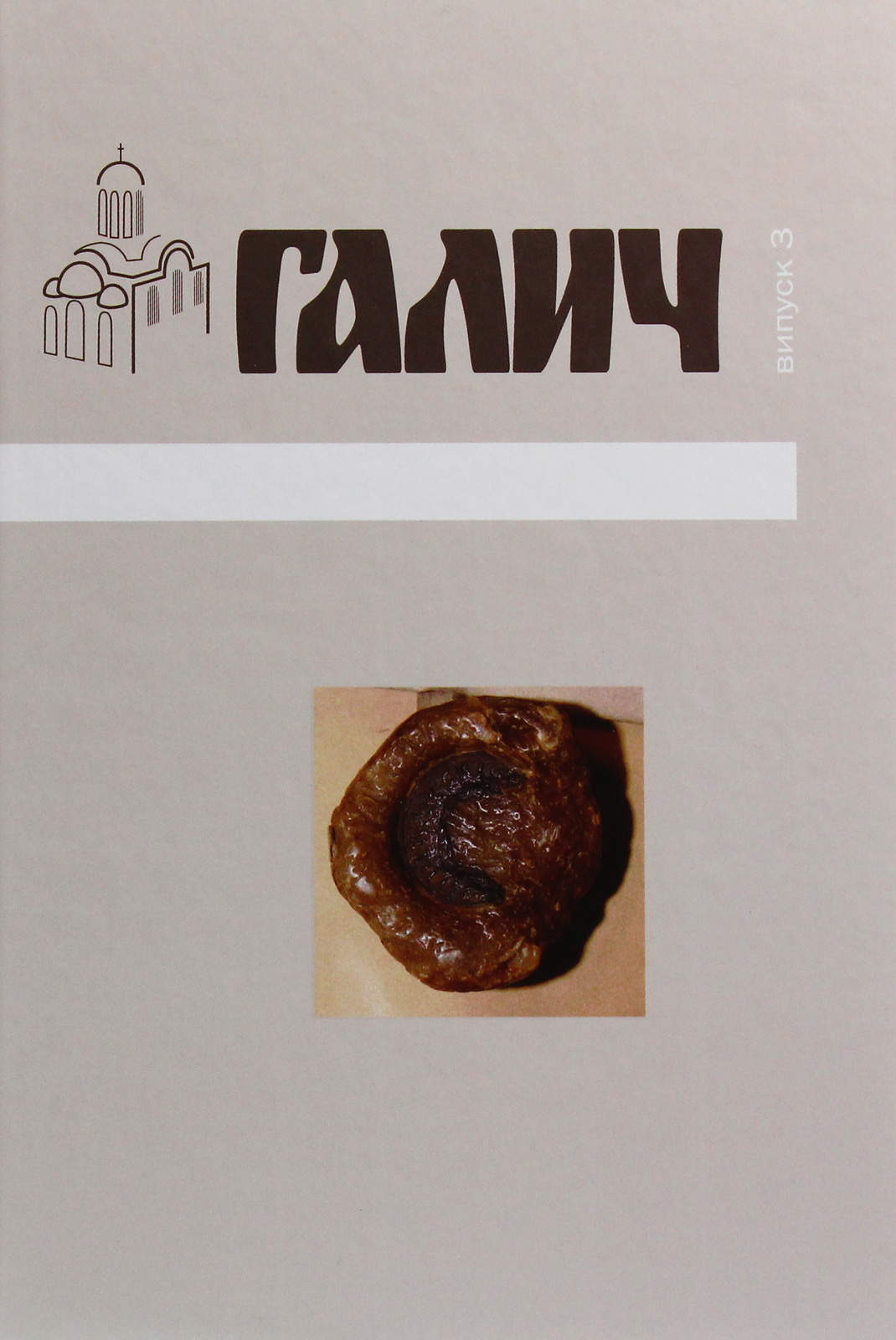NEW DATE ON ONE OF THE MONUMENTS OF 12th,CENTURY HALYCH ARCHITECTURE
Keywords:
Halych, archeology, rotunda, ornament, church.Abstract
In 1979 the Galician Sector of the Architectural(Archaeological Expedition of the Leningrad Branch of the Institute of Archeology of the USSR Academy of Sciences revealed ruins of a white(stone building in the vicinity of Halych. The had been previously studied by L. Lavretskyy and I. Sharanevych back in 1882 and were then conventionally called the «Polygon» (Il. 1). Our diggings showed, however, that the building was not polygonal but quadrifoliate in plan (Il. 2). It was a religious building of a rotunda type rare in the Old Rus’ architecture: one more similar quadrifoliate known today was discovered by M. Karger at the Poberezzhya village near Halych in 1959 (Il. 8). The 12th–13th century Romanesque in Hungary made wide use of the quadrifoliate type though it was not so popular in Old Russia (Il. 9). The Polygon is dated to the period following the construction of the Galician Church of the Assumption, that is, to the mid(second half of the 12th century using the evidence of the tiles carrying relief images of gryphons and eagles (Il. 7). The same is true of the Poberezzhya monument. The character and type of the carved fragment conjecture that Hungarian craftsmen took part in the construction of churches
in Halych in the second half of the 12th century.





